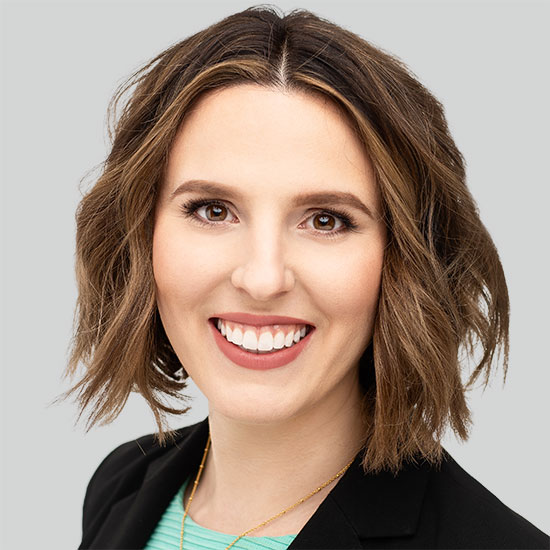Modernization of Technologies: NC State’s Strategy to Keep Pace
Principal Analyst
![Hoit-Interview-TTG-TopOfMind-750x350[1]](https://www.thetambellinigroup.com/wp-content/uploads/2018/03/Hoit-Interview-TTG-TopOfMind-750x3501-1.jpg)
Tambellini Interview Series: NC State University CIO, Dr. Marc I. Hoit
Question 1: Your bio on the NC State website discusses key foundational projects you have launched. Tell us about those.
I started working at NC State University in 2008. For the last 10 years, I have been working on updating the infrastructure and empowering our IT professionals to keep pace with modernization of technologies.
In the late ‘80s Cornell and NC State had some of the first systems where you could log into any computer as a student; basically, those were some of the first Identity Management systems.
Many of those older UNIX based systems were still in place when I got here, but at that point they were 20 years old. Since we started this modernization effort, we have implemented a VM cloud so we can virtualize everything; we did this 6 years ago to move things faster.
We are also an Oracle PeopleSoft shop and have heavily customized the student system for student experience and student success.
Question 2: How long have you been using Oracle PeopleSoft?
It’s been implemented on premises since 1999. We host and manage everything in house with about forty staff dedicated to our Oracle PeopleSoft stack.
Question 3: What do you like and dislike about Oracle PeopleSoft?
It’s a comprehensive system. It has a lot of really good tools and capabilities. Like any of those large systems, however, it’s slower to respond to changes.
In October, we are rolling out a new mobile version. You will be able to login to the NC State MyPack Student Portal from your phone. The modern approach is now app based—where most everyone is moving to. The major applications are adjusting their interface to switch seamlessly between mobile, desktop, iPad etc.
We have one of the best in-house Oracle PeopleSoft teams in the nation, and we only hire specialty consultants when we need them. Our in-house team typically costs one-third of what it would cost to use a third party.
Question 4: Do you see yourself switching to a different platform in the near future or to a cloud implementation of Oracle SIS?
We may move to SaaS-based offerings for our systems of record at some point. Currently, the cloud is more expensive than our current on premises costs—by a lot. As an aside—our cloud is still half the cost of Amazon Web Services (AWS). Our telephony and networking is also half of what our peers pay for networking and telephony. We are running telephones for two other universities in the state. We are a really lean organization, but Oracle’s Student cloud offering is impressive.
We are not exploring other options. However, whenever we go to replace something or need an upgrade, we do comparisons and look to see if it’s more flexible at the same cost. We are shifting some systems and use ServiceNow for Business Office Services and Facilities Management, but we do not plan to shift away from Oracle for our major systems of record in the near future.
Question 5: Let’s discuss lessons learned. Through your time leading the IT strategy at NC State, what are some of the most important lessons that you have learned in building and leading a strategic IT program?
Everything takes three times longer than you ever expected!
Clearly communicating the necessary changes and getting people to understand and buy in is the hardest part.
Having a strong team is essential. I will give you an anecdote. I did a lot of work with the Department of Transportation (DOT). The DOT decided to outsource bridge design and bridge building. Forty years ago, they slowly started moving to consultants doing design, and the team at DOT got smaller and smaller—down to three people. When I left, no one in the department of transportation knew enough to be able to validate the consultant’s proposed design. The moral: If you don’t have a skill set to make sure that the architecture is right, you will struggle. You have to know what is going on at a deep level to make sure you know what you are getting. I believe many institutions are paying much more than they should because their staff can’t set strategy, architecture, etc.
Categories
- Academic Administration
- Advancement
- Content Management
- CRM Platforms
- Customer Experience (CX)
- Cybersecurity
- Data Management and Analytics
- Enterprise Portals and Mobile Apps
- Event Management
- Finance
- HCM/HR
- IT Tools and Infrastructure
- Life at Tambellini
- Services
- Student
- Teaching and Learning
- Technology Leadership
- Thought Leadership
Share Article:

Other Posts From this Author:
© Copyright 2024, The Tambellini Group. All Rights Reserved.